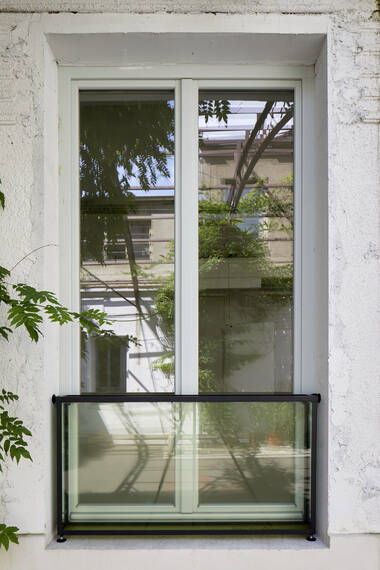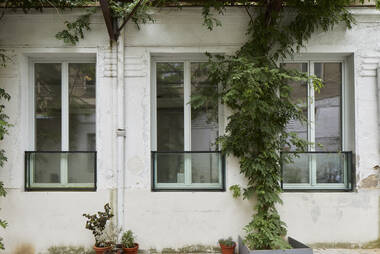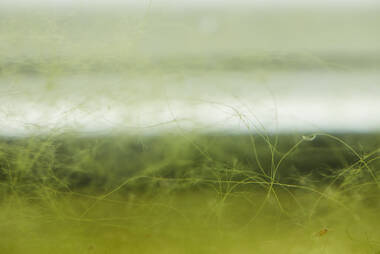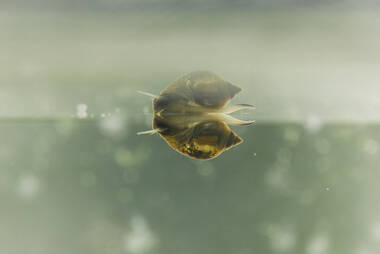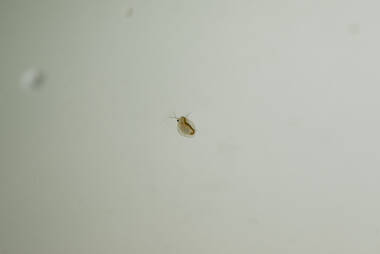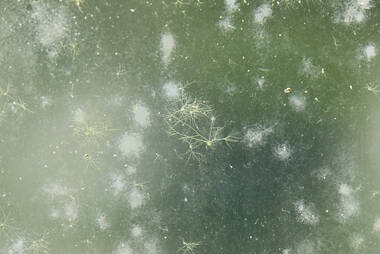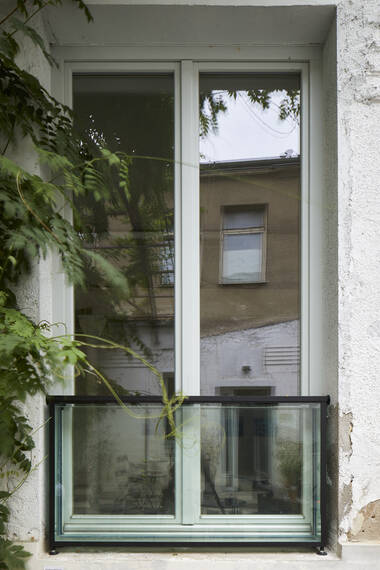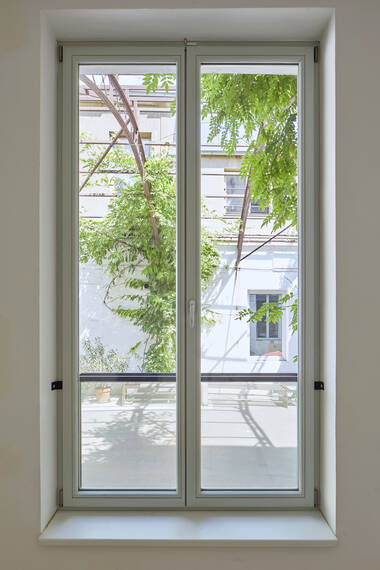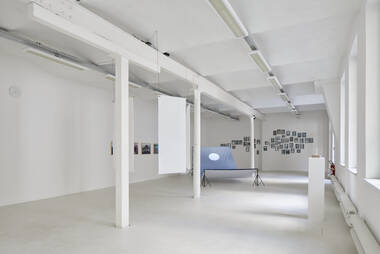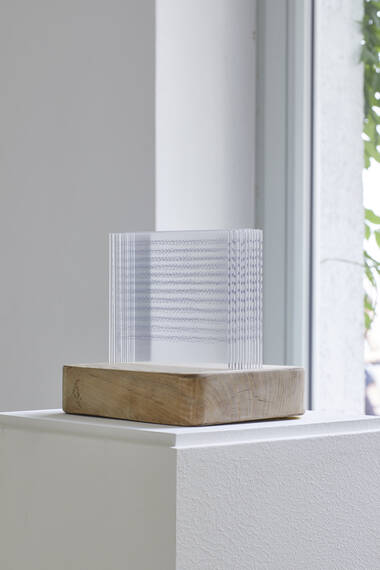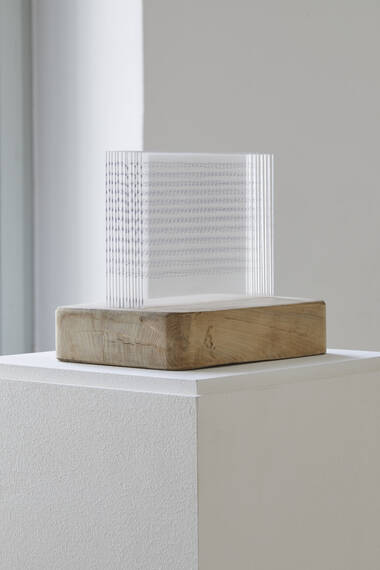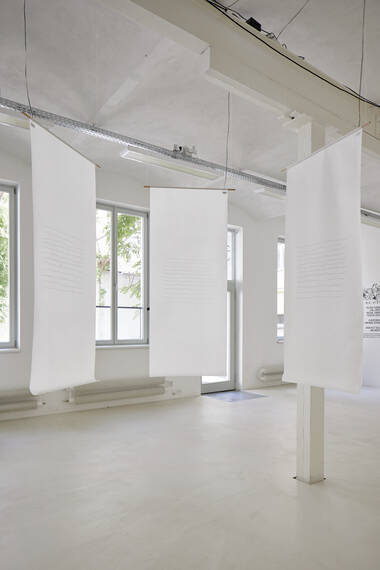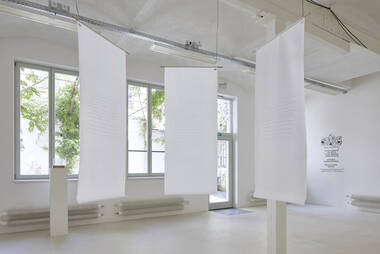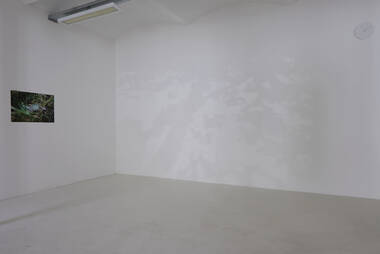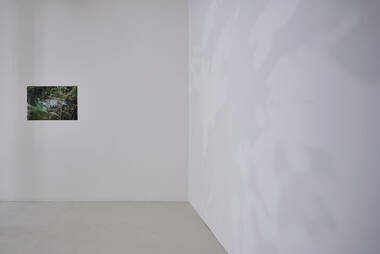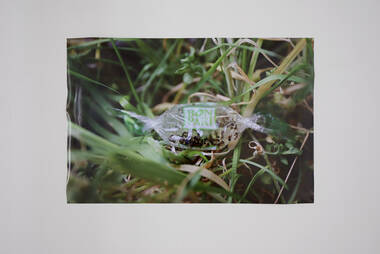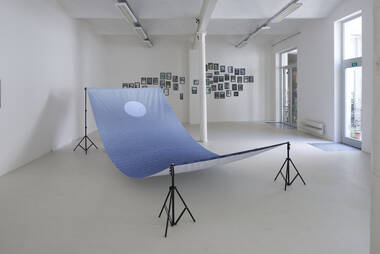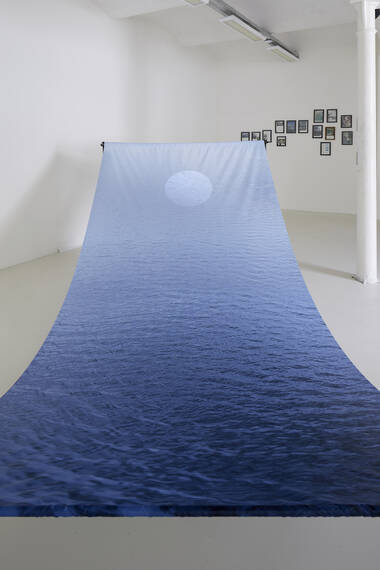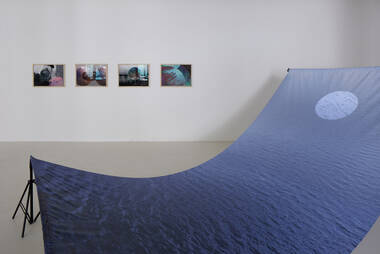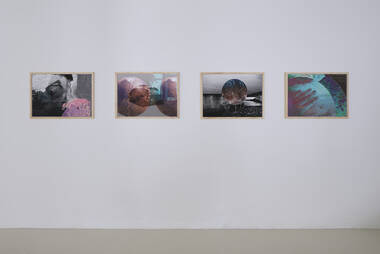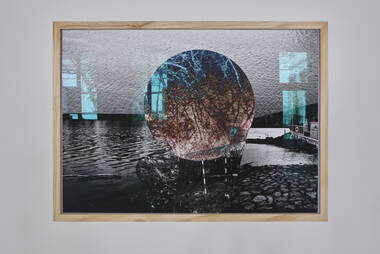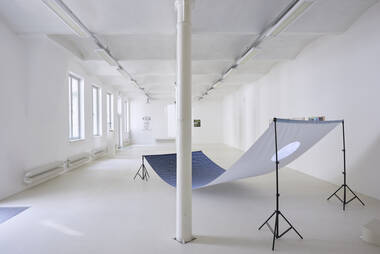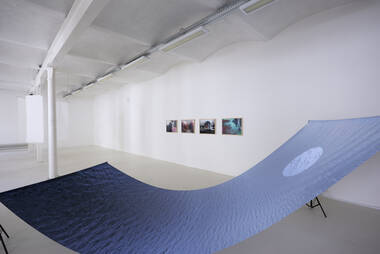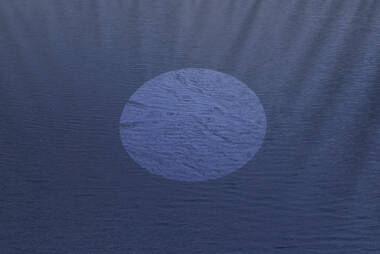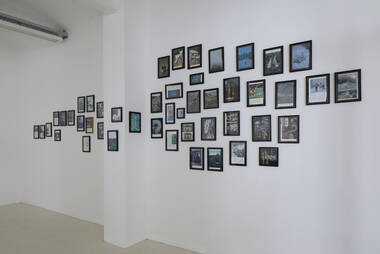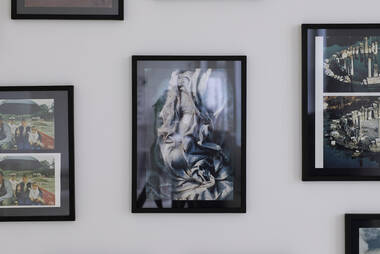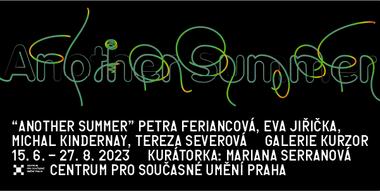Another Summer
15. 6. – 27. 8. 2023
opening: 14. 6. 2023 from 6 pm
artists: Petra Feriancová, Eva Jiřička,
Michal Kindernay, Tereza Severová
curator: Mariana Serranová
art collaboration: Jan Brož
I. It’s summer again
“And summer’s surely really about an imagined end. We head for it instinctually like it must mean something. We’re always looking for it, looking to it, heading towards it all year, the way a horizon holds the promise of a sunset.” (Ali Smith, Summer)[1]
“August of another summer, and once again
I am drinking the sun...” (Mary Oliver, The Pond, Felicity)[2]
“This is precisely the story told by today’s art. The contemporary sublime is no longer that of infinite spaces, of the painful contrast between the individual and the majesty of mountain ranges. It is the sublime of saturated spaces, of the immersion of human beings in an environment in which they are ubiquitous, in an atmosphere whose every molecule is permeated with their activity.” (Nicolas Bourriaud, Planet B. Climate Change and the New Sublime)[3]
It’s summer again. This year it follows upon a cold and rainy spring. In our geographical conditions, spring is about waiting for summer. But such is its fleeting nature, that at the end of one perfect summer afternoon, we begin to bemoan its brevity. At best, this ordinary, albeit depressing, existential moment spills over into a feeling of necessary resignation to the provisional nature of our own life on earth. And in addition there is the curative idea of the next perfect summer. Perhaps, or certainly.
The second exhibition in the four-part cycle Seasons traces the current mood as a contrast between the global and the local, the natural and the social. It hints at changes in the interaction of the natural and human element, their interconnectedness. Within the context of climate change, from the very start the schedule of four exhibitions paraphrasing the four seasons appeared to be a timely challenge to the traditional categorisation of genres in various branches of art. Nature-related lyricism remains a relevant genre, though our meditative gaze across the landscape, towards the clouds or into the watery depths – unlike that of our ancestors – is clouded by an awareness of the climate crisis for which we feel a responsibility. Critical reflections upon the human capacity for self-insertion into natural processes, food chains or the genetic origins of other species is a subject of interest common to science, the humanities and political engagement. The exhibition Another Summer transcends the classic stereotypes of the moods of natural and social scenes that have symbolically responded to cycles, elements and weather.
We love summer, but we dread dried up rivers and burnt-out forests. Post-colonial and ecological thinking forces us to question the wisdom of travelling to exotic lands set in remote climatic and geopolitical contexts. We yearn for the sea, but cannot cope with the submerged wrecks of refugees fleeing climate change. And where will the glaciers be – what guards their thinning ice crust? Our safety? Will humankind, in the last metre of ice, simultaneously decipher the evolution of its own species and its demise?
II. Time from the perspective of nature, society and the body
“To be modern, by definition, is to project onto the others at every turn the conflict between the Local and the Global, between the archaic past and the future – a future with which the non-moderns, it goes without saying, have nothing to do.” (Bruno Latour, Down to Earth: Politics in the New Climatic Regime) [4]
“Like a wind, like a storm, like a fire, like an earthquake, like a mud slide, like a deluge, like a tree falling, a torrent roaring, an ice floe breaking, like a tidal wave, like a shipwreck, like an explosion, like a lid blown off, like a consuming fire, like spreading blight, like a sky darkening, a bridge collapsing, a hole opening. Like a volcano erupting.
Surely more than just the actions of people: choosing, yielding, braving, lying, understanding, being right, being deceived, being consistent, being visionary, being reckless, being cruel, being mistaken, being original, being afraid…
(…)
To treat the force of history as a force of nature was reassuring as well as distracting. It suggests that though this may be only the beginning, the beginning of an age of revolutions, this too will pass.
Like Vesuvius, the French Revolution was also a phenomenon. But a volcanic eruption is something perennial. While the French Revolution was perceived as unprecedented. Vesuvius has been erupting for a long time, is erupting now, and will erupt again: the continuity and repetitiveness of nature.” (Susan Sontag, Volcano Lover) [5]
Geological time in the scheme of science, which in the critical discourse of the Anthropocene at a time of crisis reminds us of the evolutionary time of our species in the order of millions of years, is also the ultimate warning of the end of the human era, the first act of which may have already taken place. At a time of transformation in humankind’s relationship to nature, it is important to find once again a yardstick in the perspective of human life, generations and their sustainable continuity, but one that is also in harmony with the cycles inherent in other living forms, in plant and animal communities.
The loss of control over economic and ecological consequences is a challenge to focus on the local context, to define the boundaries of individual identity and – in a spatial sense – to concentrate on the intimately familiar landscape and its associated community. Such reflections represent a way of preventing total collapse, a violent crisis characterised by a surge of destructive discontinuity. Our present takes place in the multidimensional intersection of social time and natural cycles within a long-term horizon of uncertainty and contingency.
We know from the experience of recent years how ecological and wartime disasters alter the flow of time. The agents of old power structures do not abandon their monopolised, imperial advantages and live in a time of their own backwardness. An unwillingness to move with the times and the concomitant problems then involves painful looses and a disruption of the matrix of relations. Social changes, epochs and events often find metaphorical labels and representations inspired by the dynamics of natural phenomena. In a socio-cultural sense, for example, explosive time denotes the maximum degree of discontinuity associated with the incendiary onset of a new age. [6]
Historians are fond of observing the links between climate change and the demise of civilisations. The best-known example from the modern period is the French Revolution, which was preceded by the Little Ice Age that gave rise to a period of abrupt freezing in the 1770s, and a little later by the activity of the Laki volcano in Iceland, which in 1783 spewed 120 million tonnes of sulphur dioxide into the atmosphere, with contemporaries describing a “blood-coloured sun” over the northern hemisphere. After a decade of climatic fluctuation, misery and increased mortality, France came into conflict with the power elites.
How should we measure time and how should we manage it within an inexhaustible plurality of conceptions of time itself? By the number of heartbeats in a lifetime? By the hours of work accomplished? By the days needed for vegetative growth, rooting, by the months needed for decay and decomposition? How might we win time over to our side? And how, in an age of endless forecasts, might we remain embedded in the present, when, against the backdrop of climate change, cracks are opening in what used to be our understanding of astronomical time as reliably homogeneous and continuous.
(…)
Marinana Serranová
(transl. Phil Jones)
[1] Ali Smith, Summer, Penguin Books, 2021, 299.
[2] Mary Oliver, Felicity, Corsair, 2018, 67–68.
[3] Nicolas Bourriaud, Planet B, Climate Change and the New Sublime, Radicants, 2022, 23.
[4] Bruno Latour, Down to Earth: Politics in the New Climatic Regime, Polity Press, Cambridge, 2020, 27–28.
[5] Susan Sontag, Volcano Lover, Picador, 100–101.
[6] Josef Šubrt, Sociální čas, skutečnost nebo fikce: Několik úvah k tématu, In: Natura et cultura I., 2014. 202–203.
The program of the Cursor Gallery is possible through kind support of Ministry of Culture of the Czech Republic, Prague City Council, State Fund of Culture of the Czech Republic, City District Prague 7,
GESTOR – The Union for the Protection of Authorship
Partners: Kostka stav
Thanks: Joinmusic
Media partners: ArtMap, jlbjlt.net and artalk.cz
